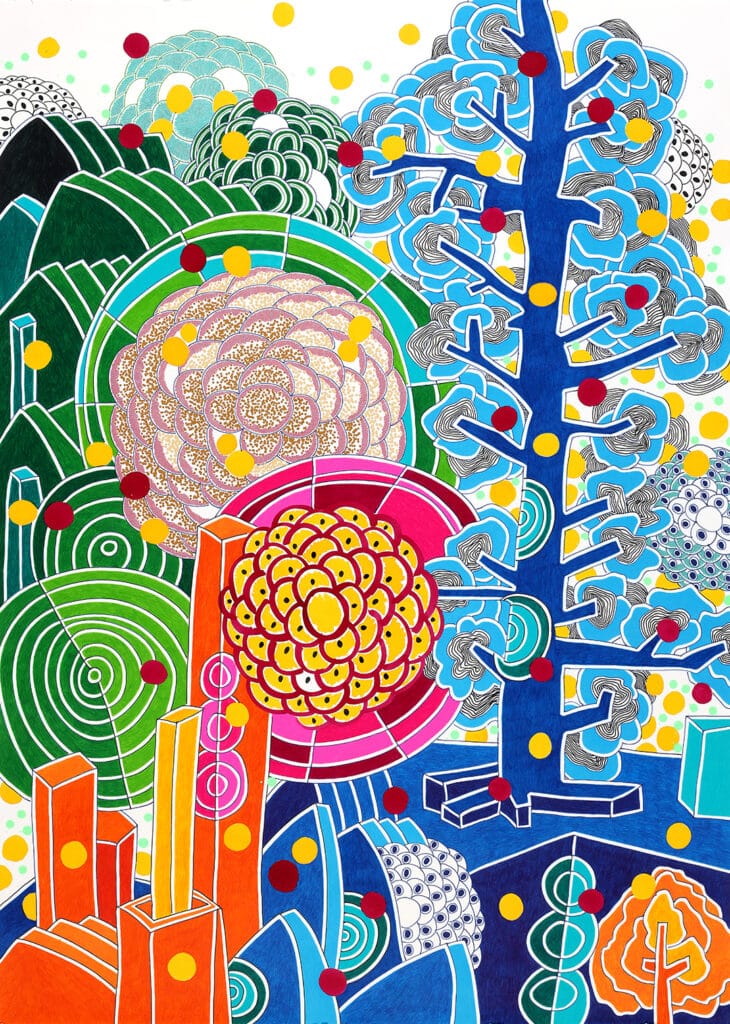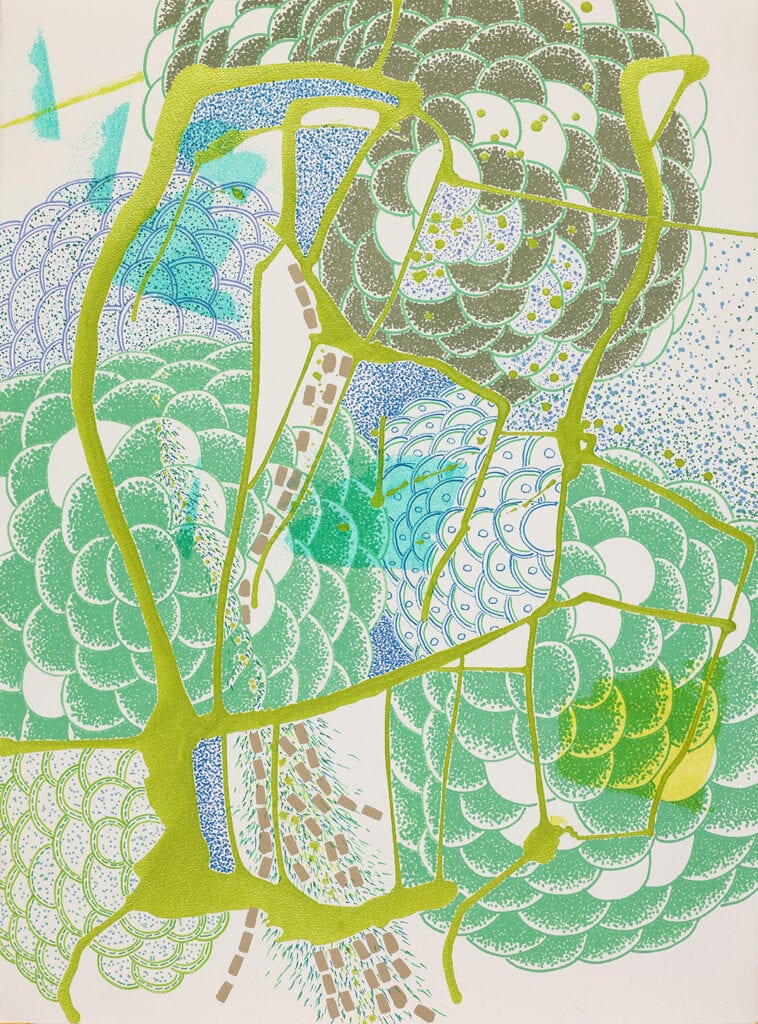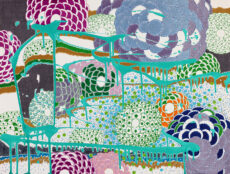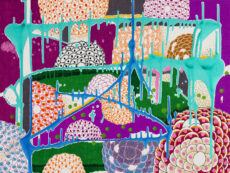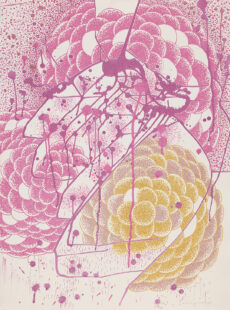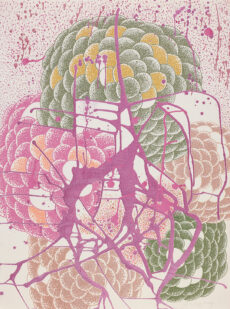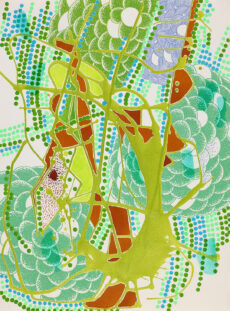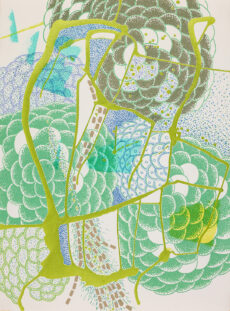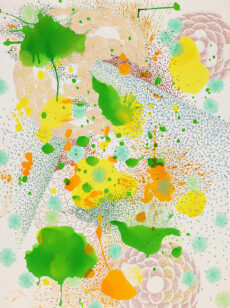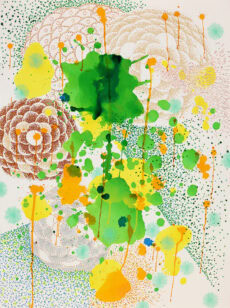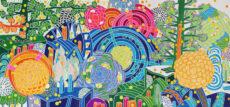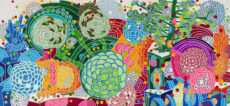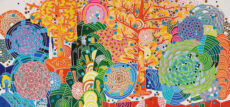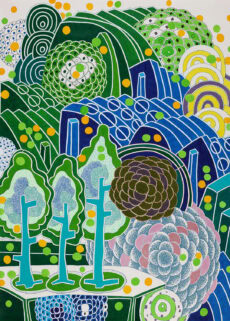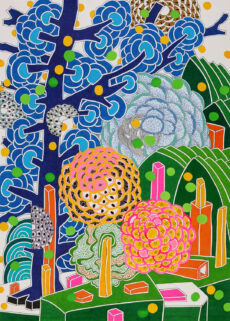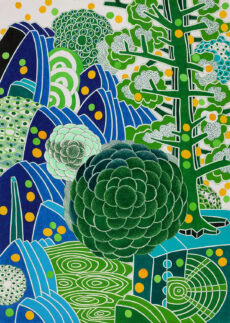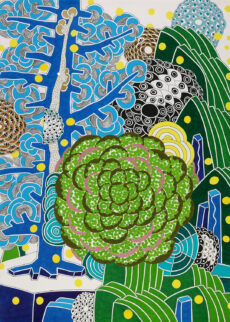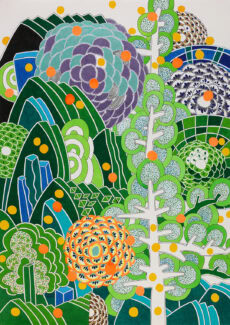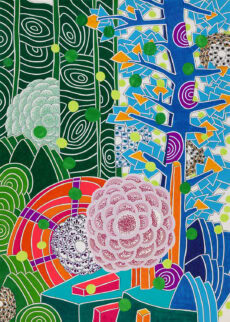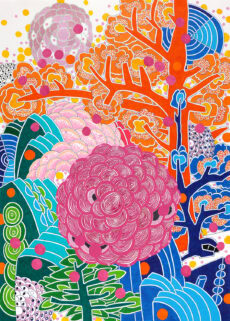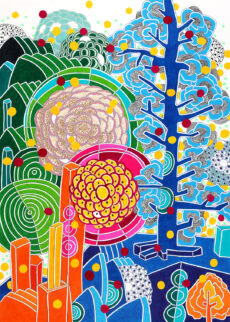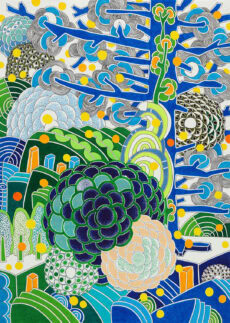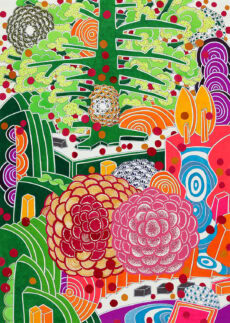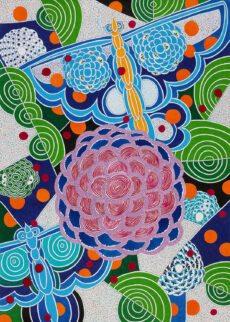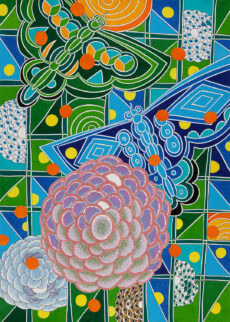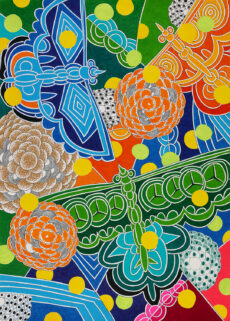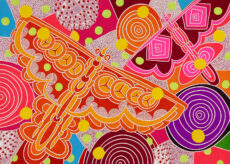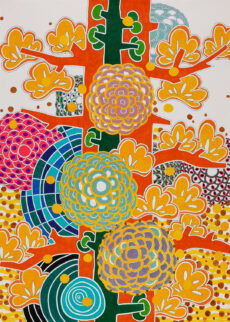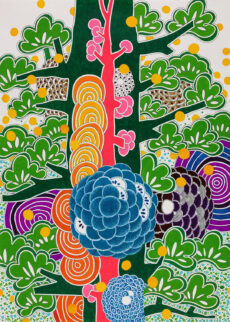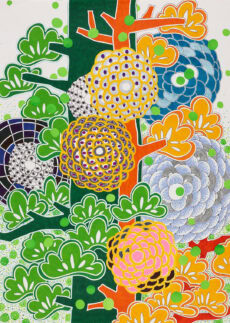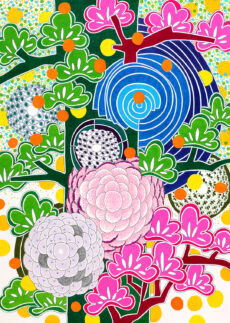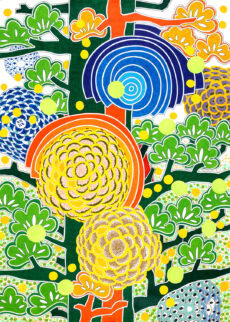The Optimistic Garden
By Yongning Tzeng
In recent years, I often hear friends and family talking about “positive psychology.” The term initially felt unfamiliar to me, but after some time, I realized it was somewhat akin to what elders used to say about being “optimistic” when I was a child.
The word “optimism” has been around for thousands of years. In Chinese, it originally meant being fond of and good at observing, while in the West, it referred to the best possible state. I have an inexplicable fondness for this word, as it connects to “The Garden of Optimism” in my hometown. It was an old theater during Lukang’s golden era, where one could watch performances or films. Unfortunately, by my childhood, it had already declined. However, when elders reminisced about it, their eyes would light up with joy.
In my mind, “The Garden of Optimism” was once a space of dreams. Though it has vanished from this small town, it still flickers in the memories of some. It belonged to the joy of immersion in watching and carried a faint, dreamlike fantasy.
Many people say that looking at my works gives them a sense of floating, a kind of joyful illusion. I suppose this might come from the use of color or perhaps the arrangement of geometric shapes in the composition. But this emotional resonance might also reflect my worldview, which I long for. In this small town, filled with traditional temples, we have all witnessed the smallness and impermanence of life up close. The decorative patterns on temple roofs offer me spiritual comfort, and whenever I think of the temple spaces I love, I feel they are my “Garden of Optimism.”
Looking back at the elements of my recent creations, I notice that the Yaoyao series contains trees, rocks, and winding paths, bearing weight that contrasts with the floating sensations in my earlier works. Every moment I paint seems to anticipate the surprise of different spatial arrangements, even joyful surprises that need no concealment. Perhaps this is also a form of intentional expression, just like “The Garden of Optimism”—a performance of artistic ideals and a projection of unleashed imagination.
I hope this exhibition can help the audience find their own “Garden of Optimism,” whether it is rooted in faith, hidden deep in dreams, or nestled in a nearby garden. Together, we can joyfully discover the inner drive that brings us peace and optimism.
Another Grand View Garden: Yongning Tzeng’s “The Optimistic Garden”
By: Heya Huang
Shrimp-red petals, jade-green buds, peacock-blue stamens—welcome to *The Optimistic Garden*.
In the essay *The Two Worlds of Dream of the Red Chamber*, Yu Ying-shih mentions that Cao Xueqin tried to construct two worlds in *Dream of the Red Chamber*: one is *The Grand View Garden*, and the other is the world outside of it. The former represents an ideal world, while the latter symbolizes the real world. The Grand View Garden is a world for women, as Bao Yu says, “Daughters are made of water, while men are made of mud.” It is meant to be a pure, fresh space, an implicit critique by Cao of the overly rigid and corrupt male world. Similarly, Yongning Tseng, in this exhibition, seems to be sketching his own unique paradise—*The Garden of Optimism*.
Tseng’s *The Optimistic Garden*, like Cao’s *Grand View Garden*, exists as a space where reality and idealism intertwine. The word “optimism” can be broken down into three elements: “le” (joy), “guan” (to observe or view), and “yuan” (garden). The “garden” is a defined space, while “joy” reflects a mental attitude, and “viewing” refers not only to observing but also appreciating beauty. In Tseng’s self-narration, *The Optimistic Garden* was once a real cinema in his hometown of Lukang, a place filled with childhood fantasies, which he now recreates as a dream-like paradise in his work.
Unlike the melancholic tone often associated with *Dream of the Red Chamber*, Tseng’s *The Optimistic Garden* invokes a pure atmosphere of joy. His works often contain dream elements, and his piece *Yao Yao 62* is one such dreamscape. In the Chinese lyrical tradition, expression (抒) can be understood as “weaving” one’s inner thoughts into visible form. In *Yao Yao 62*, Tseng weaves a joyful dream with his delicate brushstrokes.
In conclusion, Tseng’s *The Optimistic Garden* offers an idyllic space where joy and beauty flourish, presenting an alternative “Grand View Garden”—a realm of dreams and color, an intersection of ideal and reality.
Exhibition Title | The Optimistic Garden – Solo Exhibition by Yongning Tzeng
Exhibition Period | 2024/11/2 (Sat) – 12/21 (Sat)
Opening Tea Party | 11/2 (Sat) 15:00
Opening Hours: Tuesday to Saturday, 13:00-19:00

